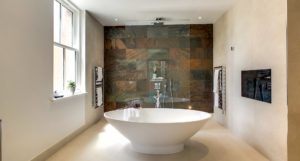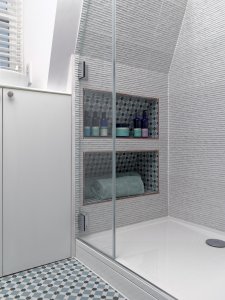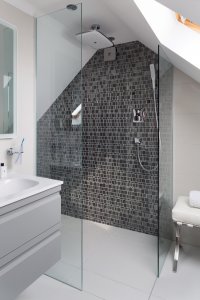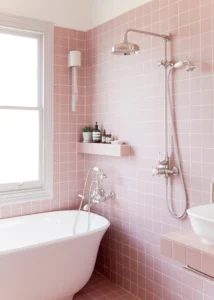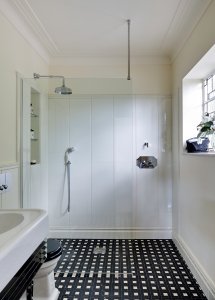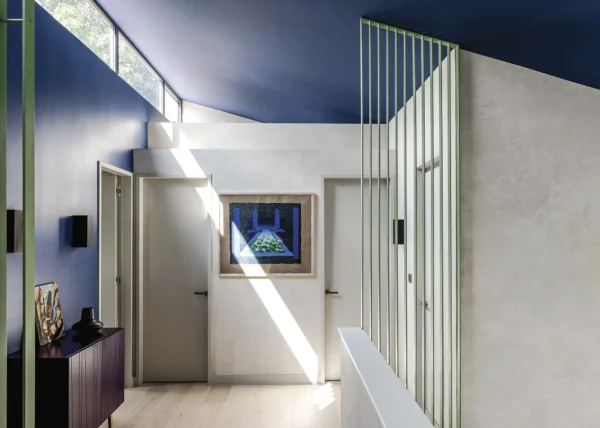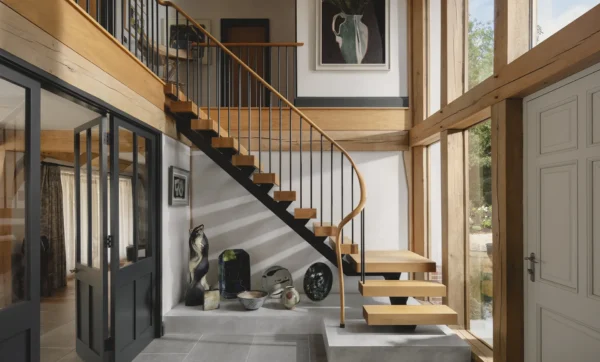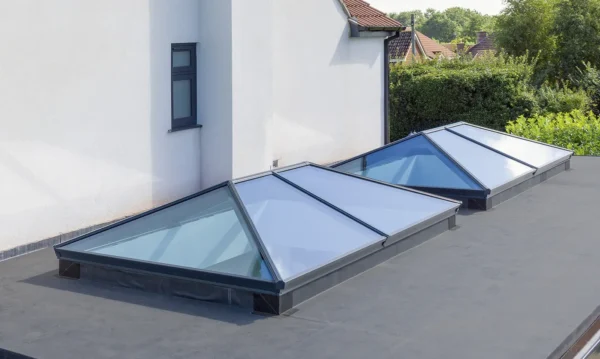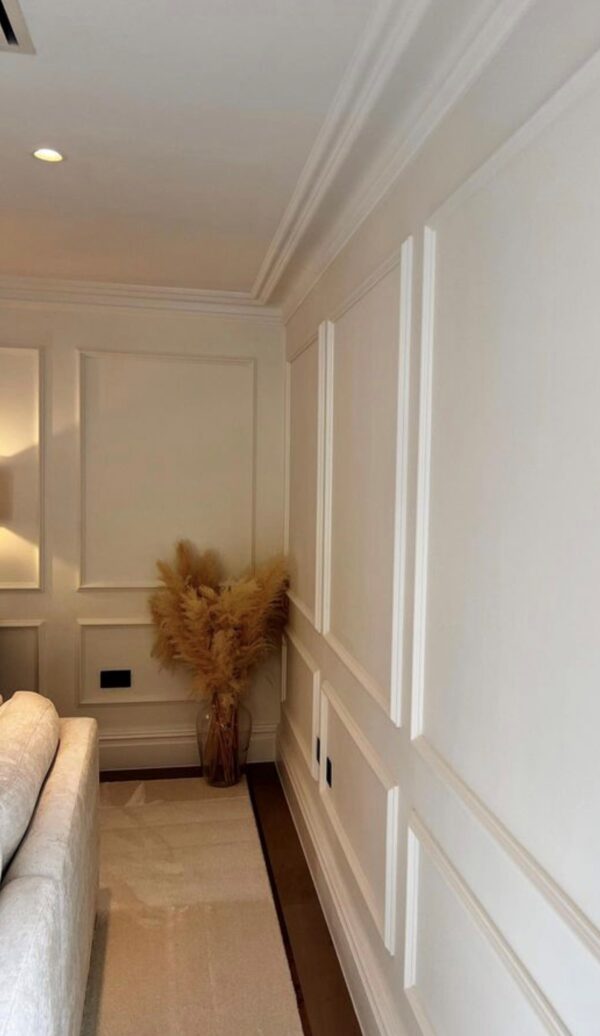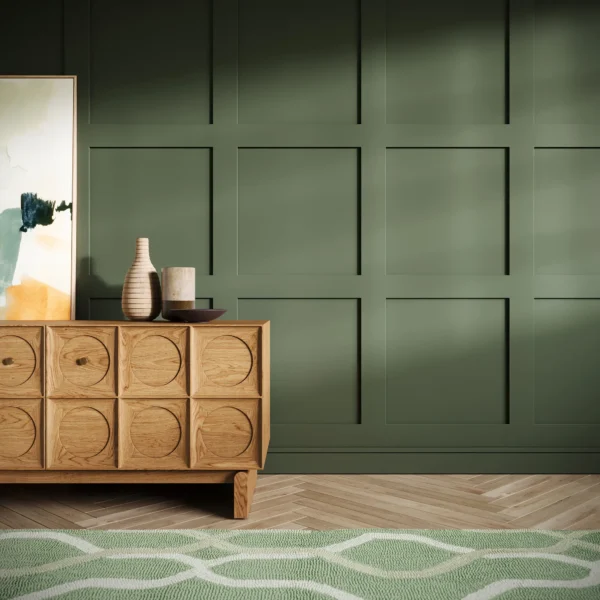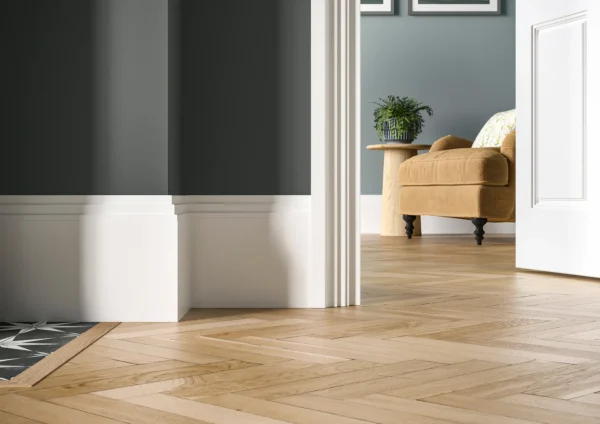Choosing Bathroom Tiles
The distinct personality and individualism that’s fairly unchallenging to attain elsewhere in a home can occasionally fall by the wayside in the bathroom, because of the need to prioritise safe, easy-to-maintain surfaces and products.
Using tiles is one of the simplest ways to create character while still attaining a really high level of practicality. The wide range of colours, patterns, textures and materials available means that near-enough any look is achievable, from minimal, architectural-style bathrooms to a warmer traditional ambience or the period flavour of a classic Edwardian washroom.
Your choice of materials will come down to aesthetics, budget and ease of upkeep. Natural stone and cement will need regular sealing, for example, while glass isn’t suitable for wet floors because it will become slippery.
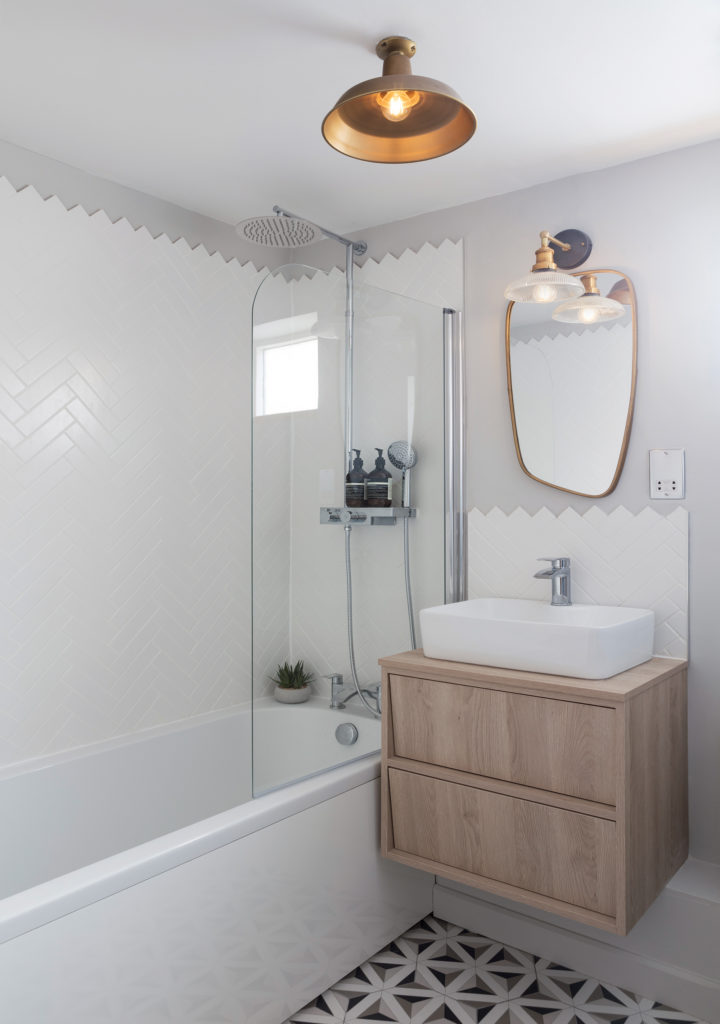
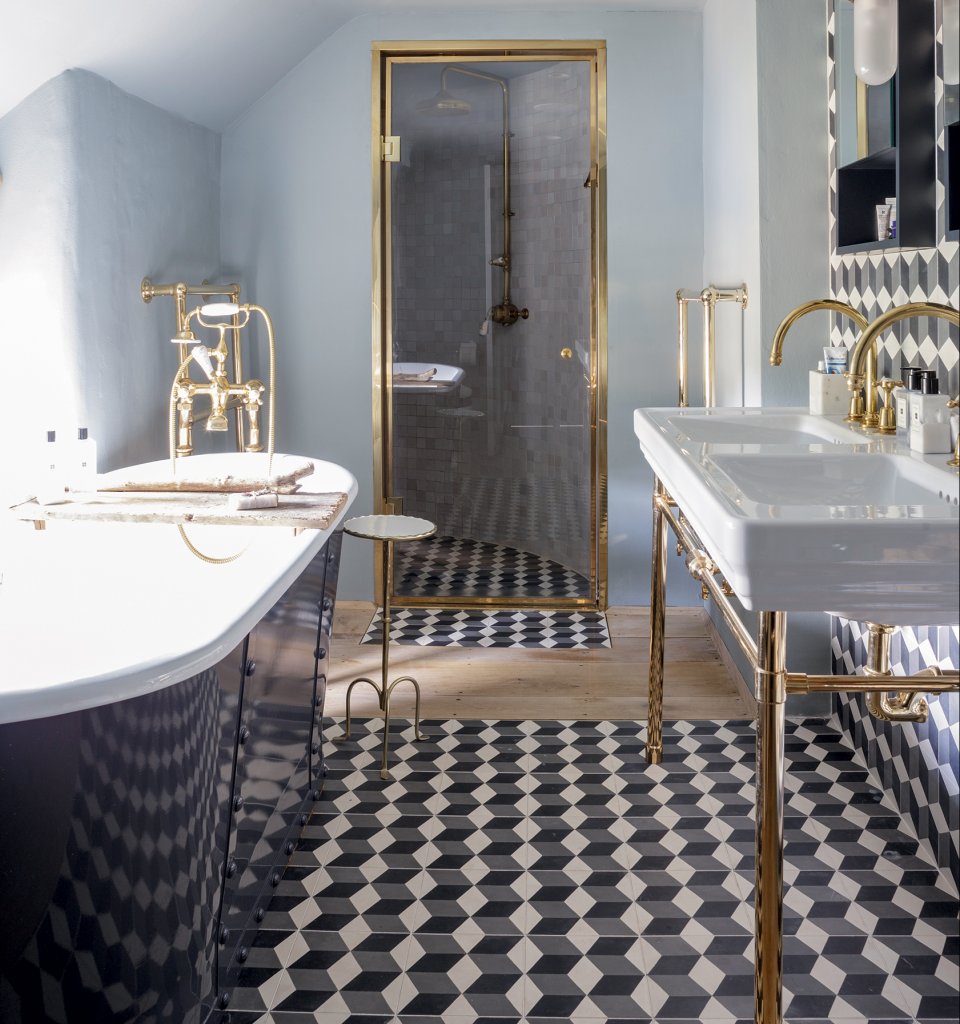
Porcelain and ceramic are top choices for price, straightforward installation and compatibility with underfloor heating – and also for the huge range of patterns and colours available. The development of inkjet printing has led to an explosion of lookalike finishes on ceramic and porcelain tiles, from slate to timber to rusty metal, opening up lots of exciting design possibilities.
Use tiles to add decorative flair to the bathroom, whether that means creating a feature wall behind a bath or in a shower, for instance, or mixing and matching different colours and/or patterns for walls and floors.
Pay particular attention to the tiles you specify for wet areas, as they need to cope with rigorous use: opt for larger units (rather than, say, mosaics), which will look good for longer because they use less grout. Avoid hard-to-clean heavily textured designs that will harbour scale and soap scum.
Always obtain a sample before buying. Not only can colours be different from what you see on a screen, but quality varies hugely, especially for digitally-printed faux finishes such as marble and patterned cement. What might seem like an online bargain could cheapen a new bathroom.
Instead, if you’re on a tight budget, use special tiles sparingly, or buy plain units and be more imaginative when it comes to the laying pattern or the grout colour. Upgrading tile trims from the standard white plastic is another tip for getting a smarter look for less.
Browse the gallery for more bathroom tile ideas:
The expert view
Annabel Williams, designer for bathroom specialist Ripples, explains how to create and enhance design features using tiles.
What trends are you seeing when it comes to bathroom tiling?
With the popularity of websites such as Pinterest and Houzz, people are feeling more confident about colour – moving away from beige, for example. Another trend is texture; this design idea is here to stay, as it creates an interesting feature wall and adds movement and warmth.
Mosaics are now less popular, and being overtaken by larger squares of a single uniform colour. Not only is this more practical because it uses less grout, but it also creates a clean-lined look with a timeless appeal.
How can tiles be used to enhance bathroom design features?
It’s mainly dependent on the room layout. If you have a wall in a large shower or next to the bath, try a textured or colourful tile to highlight it as a feature – alternatively, just emphasise a recess or splashback. Horizontal mosaic borders running around the room are seen less. Instead, why not put a strip of mosaic or a feature tile running from the ceiling to the floor in the shower?
How can homeowners make a splash on a lower budget?
Go for a ceramic patterned feature tile instead of an encaustic cement one, or a porcelain-effect marble rather than the real thing. Lay tiles in inventive patterns, such as herringbone or chevrons, to create an out-of-the-ordinary look. Grout comes in a variety of colours including blues, pinks and greens – so you could try something different to grey or white.
What are the guidelines to follow for floor tiling, especially in wet areas?
The first thing is to check whether a tile is made to be used on the floor. Some materials are stronger than others – for example, porcelain is hardier than ceramic, but there are some ceramic options that work for floors.
Most tiles suitable for this application can be used in a wet room, although a few materials, such as cement and natural stone, may have to be sealed. I wouldn’t recommend a gloss finish in a wet room because it will be slippery.
There are anti-slip sealants that can be applied to all types of tile – so if you do fall in love with something with a gloss finish, there are options.
Do you have any tips for keeping tiles looking good over time?
Steer clear of white grout if regular upkeep isn’t your thing. You will need to clean the tiles after every shower, ideally, to keep the soap scum from building up. I always specify darker grouts for easier maintenance.
Are there any other design considerations that people get caught out by?
The size of the room is an important factor when it comes to materials, since some are thicker than others and can reduce the available space. If you have a low ceiling, a cement encaustic floor tile, at 16mm deep, probably wouldn’t work, especially if you factor in underfloor heating. Chunky real marble wall tiles can shrink the width of a space by approximately 40-50mm.
Top image: A feature wall of honed natural stone brings subtle colour – from tawny oranges to mineral greens – to this bathroom designed by Blanca Sanchez of Halo Design Interiors

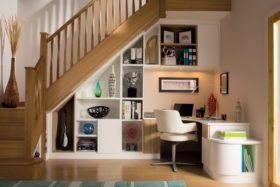















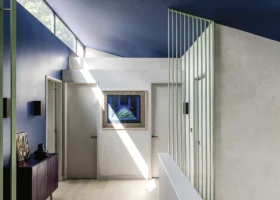
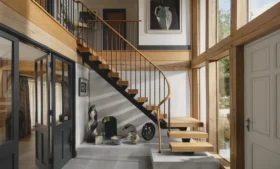













































































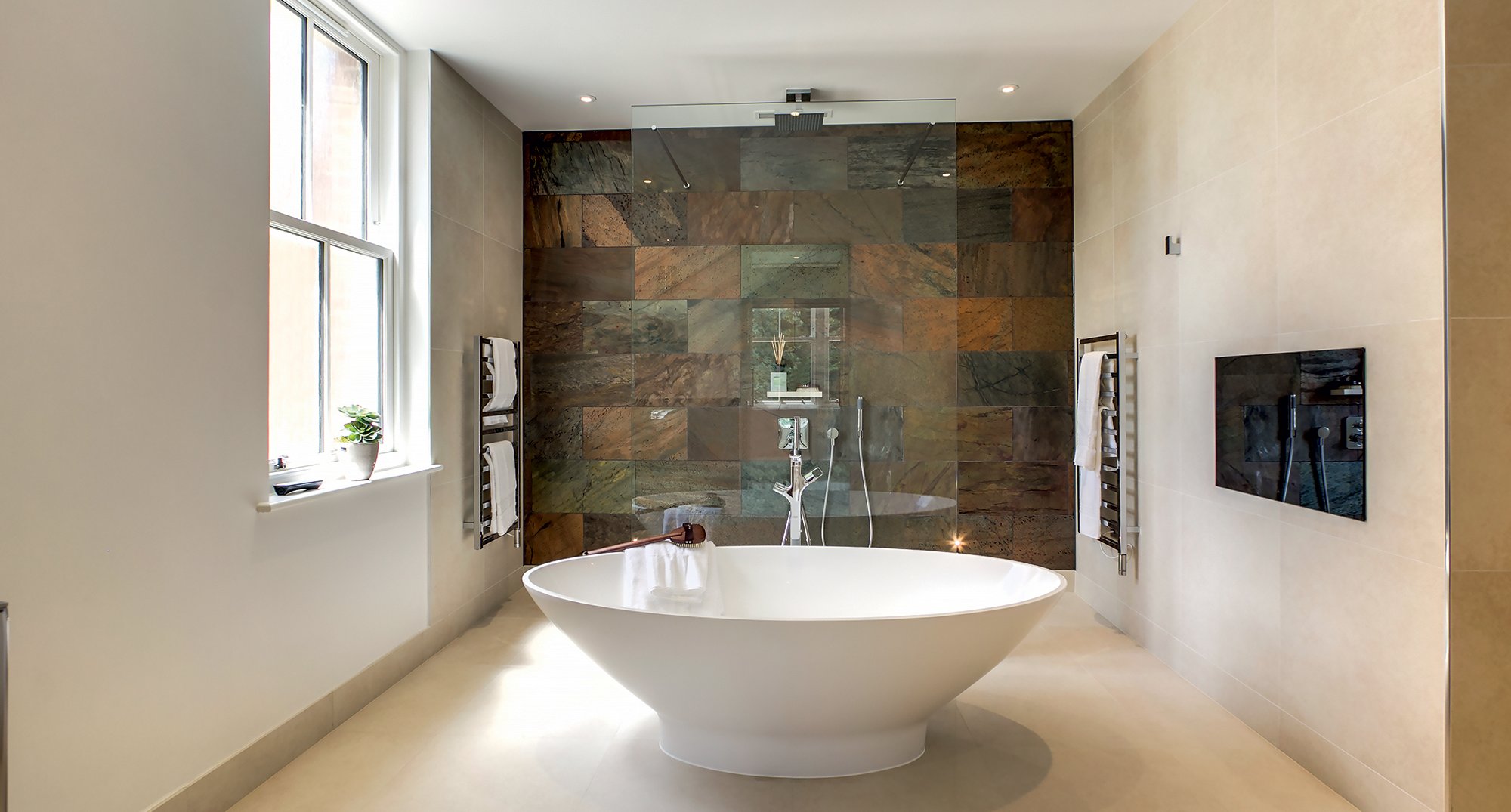
 Login/register to save Article for later
Login/register to save Article for later

